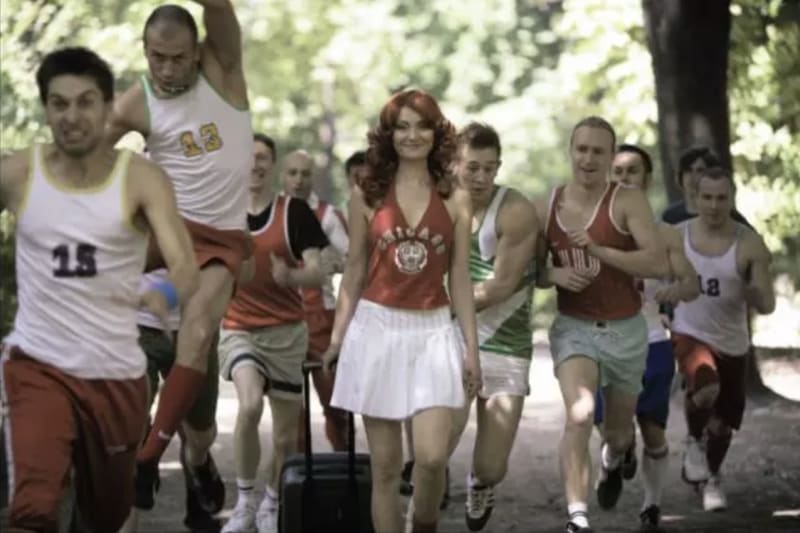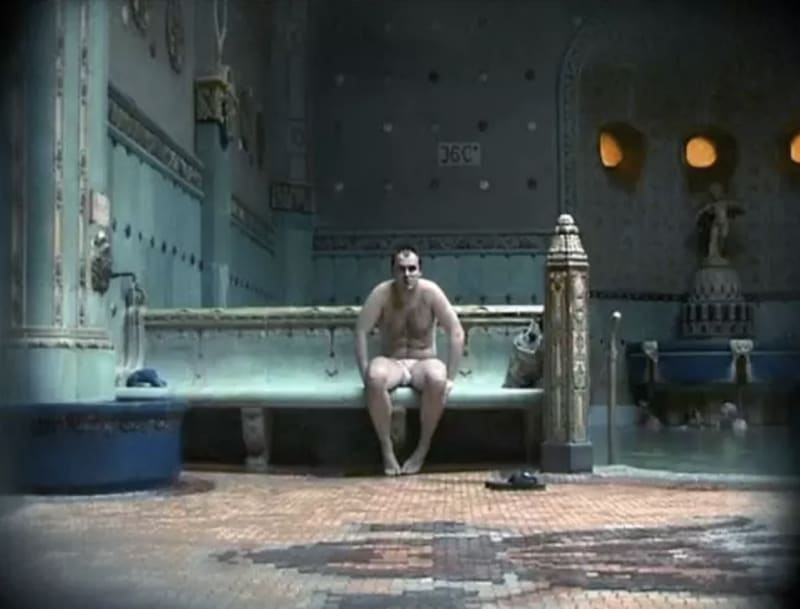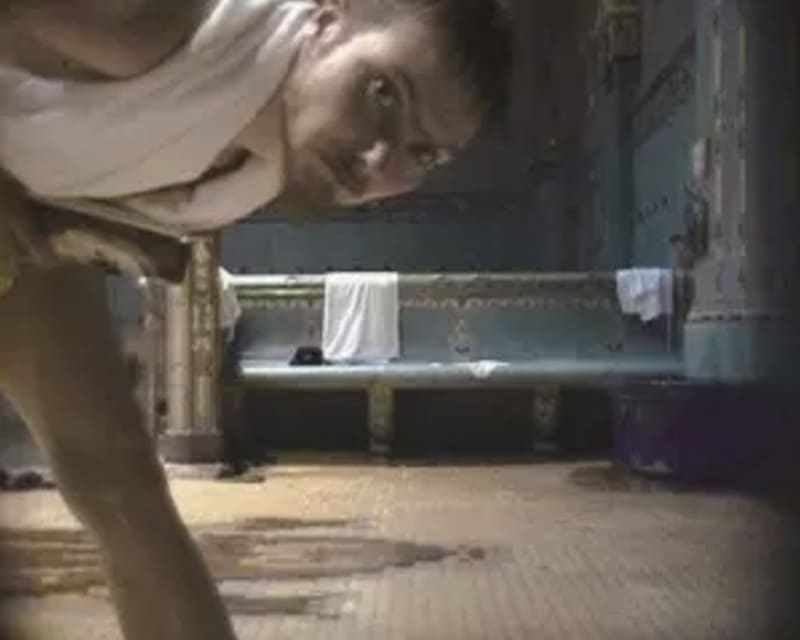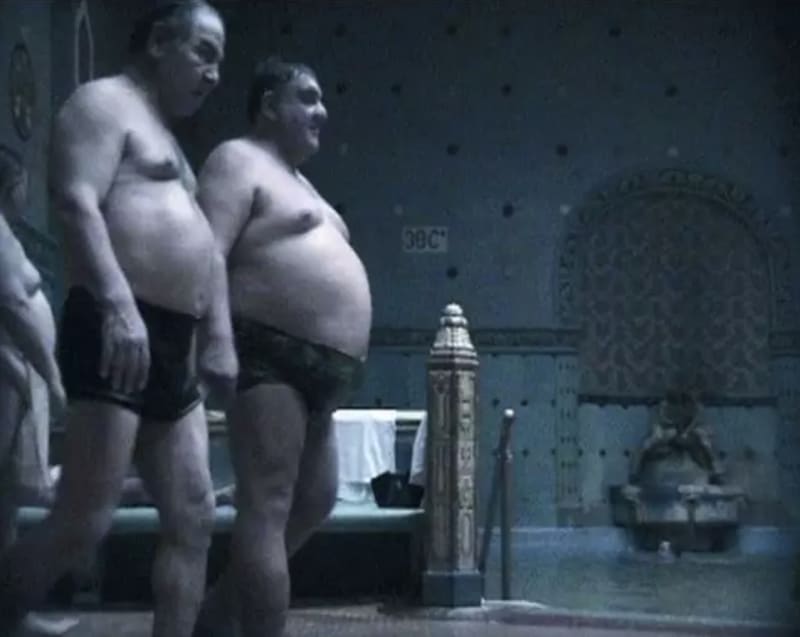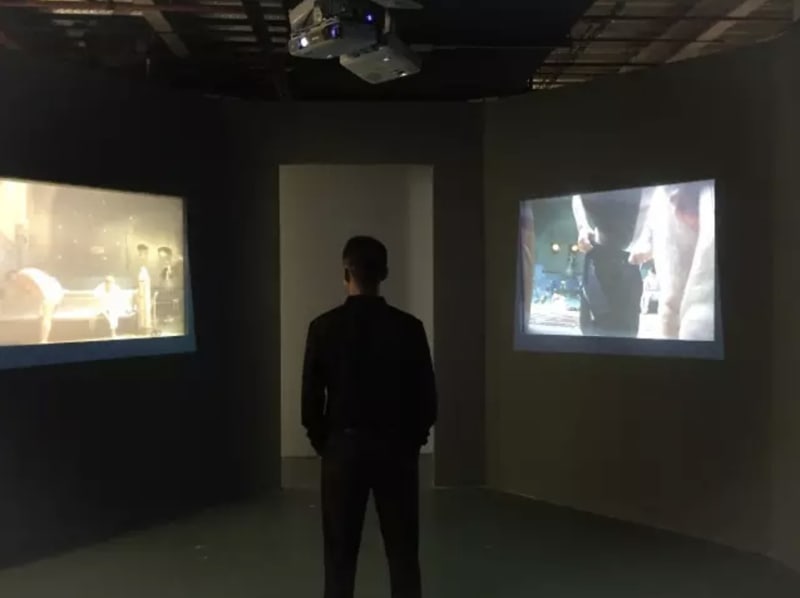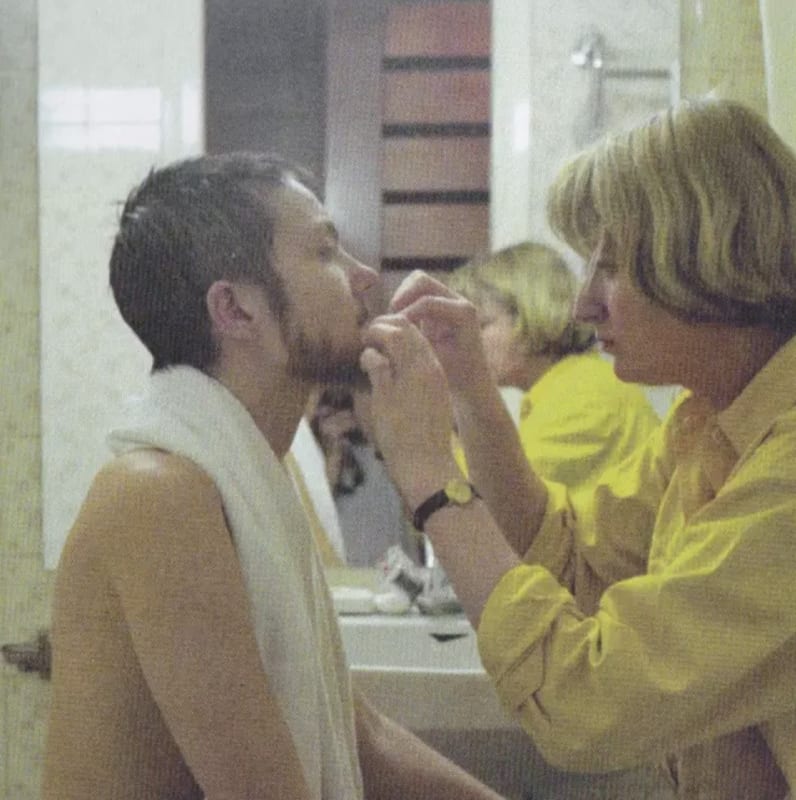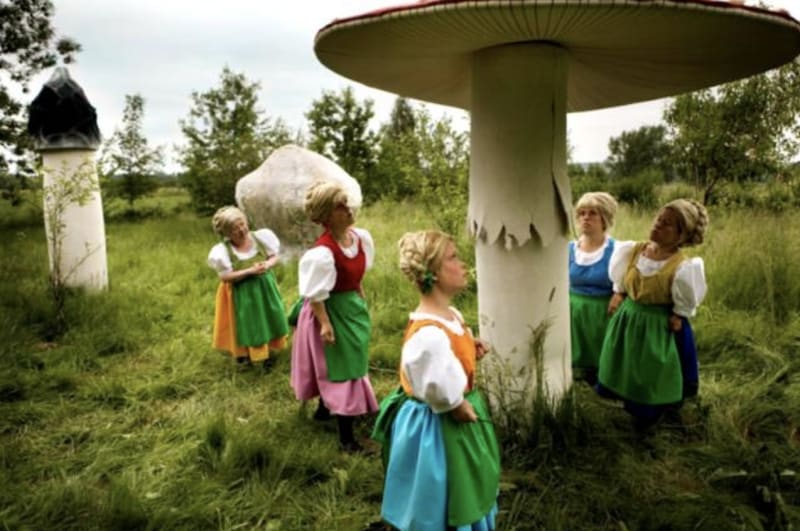Artist Talk: Katarzyna Kozyra: "Katarzyna Kozyra and her Art"
Co-organizer: Manuela Lietti
Time: November 20th, 2016 14:00-15:00
Language: Chinese + English
Organizer: Shanghai Ming Contemporary Art Museum (McaM)
Address: No. 436 East Yonghe Road, Jing'an District, Shanghai
Capsule Shanghai is pleased to announce Katarzyna Kozyra's visit to Shanghai and her participation in the lecture "Katarzyna Kozyra and her Art", held at the Ming Contemporary Art Museum (McaM) on November 20, 2016, from 2 to 3 pm. The artist will guide the audience through some of her most important works, starting with her earliest pieces and ending with her current monumental project, "Looking for Jesus".
Katarzyna Kozyra's most iconic piece Men's Bathhouse is currently on show at the Ming Contemporary Art Museum as part of the group show "Why the Performance?", which is curated by Qiu Zhijie and Fu Liao Liao and on view until November 20, 2016.
Men's Bathhouse, 1999 was conceived for the 48th Venice Biennial held in 1999. The exhibition was curated by Hanna Wróblewska and shown in the Polish Pavilion curated by Anda Rottenberg. The piece received an honourable mention, one of the highest distinctions ever received by a Polish artist at the Venice Biennial. The protagonist of the project is the artist, who disguised herself as a man in order to be let into a men's bathhouse in Budapest, donning a fake beard and a silicon penis. Thanks to her disguise, she observed and spent time among the filmed men on equal footing.
The International Jury of the 48th Venice Biennial, which included Zdenka Badovinac, Okwui Enwezor, Ida Gianelli, Yuko Hasegawa, and Rosa Martinez, stated that Katarzyna Kozyra's work explored and challenged the authoritarian domain of male territory, combining elements of performance art and stage production.
The original piece is part of the collections of Zacheta National Gallery of Art in Warsaw and the Museum of Modern Art in Zagreb and is conceived as a four-channel video installation projected onto an octagonal structure resembling a bathhouse. Additionally, there is a separate channel that features the artist's changing room in a three-minute film that shows the process of the artist applying her makeup as a man, representing the first time that Kozyra used a digital video camera in her work.
In 1997, Kozyra used a hidden camera in her work for the first time in her Bathhouse piece, centered on a public women's bathhouse in the Gellért Hotel in Budapest. The result was a six channel installation composed of a large main screen that displays a four-minute loop of an edited film and five Hantarex monitors presenting raw, unedited footage that showed the events transpiring inside the bathhouse, the overall atmosphere of the space, as well as the relationships between the women.
There is neither scandal in this piece nor transgression or shocking breach of taboo. Bathhouse does not overturn social norms or the boundaries we establish for ourselves, but it makes us aware of them. The artist questions not only the cultural image of a woman, but also the division of the public and private spheres. Men's Bathhouse casts Kozyra's earlier work Bathhouse in a new light. The women, out of reach of the male gaze, are engaged in personal activities and appear not to notice each other; however, the men, still seemingly conscious of the presence of others, are more alert.
Capsule Shanghai also invites you to visit our gallery where Kozyra's video Faces (2005-2006) is featured as part of the current group exhibition "When We Become Us".
Faces is the result of the artist's fascination with dance and movement that started in the 1990s and resulted in major pieces like The Rite of Spring, Lords of the Dance, Dance Lesson and Boys. The faces of ballet, modern, or hip hop dancers are shot from several dozen centimetres away during their dance and are presented in an unnatural, hyper-realistic way, revealing details and emotions normally hidden from the viewer.
Focus, tension, and great effort emerge through the portrayal of pursed lips, wide eyes, darting eyeballs, creased foreheads, and beaded sweat. In Faces, everything that is not normally visible is pushed into the foreground. These exaggerated, exasperating, yetreal, close-ups make these faces resemble masks, filled with passion and fatigue. Fragments isolated from the performers' bodies and the context of their performances may also mislead the viewer.
Internationally-acclaimed dancers such as Magda Ciechowicz, Piotr Czubowicz,Carla Fracci, Charles Jude, Karunakaran, Vladimir Malakhov, Richard Move, Eri Nakamura, Nazareth Panadero, Marie-Claude Pietragalla, Niels Robitzky aka Storm, Andrzej Stasiewicz, and Nelisiwe Xaba participated in the project.









